Food is a universal language that transcends borders, cultures, and languages. Whether you're a seasoned food critic, a passionate home cook, or simply someone who enjoys a good meal, the ability to articulate your thoughts about food in English can enhance your culinary experiences and deepen your appreciation for the art of cooking. In this article, we'll explore the nuances of evaluating food in English, from describing flavors and textures to offering constructive criticism and praise.
1.Understanding the Basics: Flavor Profiles
When evaluating food, the first thing to consider is the flavor profile. English offers a rich vocabulary to describe the taste of food, ranging from the basic tastes—sweet, sour, salty, bitter, and umami—to more complex flavor combinations.
Sweet: This is perhaps the most universally loved taste. When describing sweetness, you might say, "The dessert was perfectly sweet, with a hint of caramel that lingered on the palate."
Sour: Sourness can add a refreshing tang to a dish. You could say, "The lemon vinaigrette added a bright, sour note that balanced the richness of the salad."
Salty: Saltiness is essential for enhancing other flavors. A comment like, "The dish was well-seasoned, with just the right amount of salt to bring out the natural flavors," is often appreciated.
Bitter: Bitterness can be polarizing, but when used correctly, it adds depth. For example, "The dark chocolate had a pleasant bitterness that was offset by the sweetness of the accompanying berries."
Umami: This savory taste is often described as "meaty" or "brothy." You might say, "The miso soup had a deep umami flavor that was both comforting and satisfying."
2.Texture: The Unsung Hero of Food Evaluation
While flavor is crucial, texture plays an equally important role in the overall dining experience. English offers a variety of terms to describe the texture of food, from "crispy" and "crunchy" to "creamy" and "tender."
Crispy/Crunchy: These terms are often used to describe foods that have a satisfying snap or crackle. For example, "The fried chicken had a perfectly crispy exterior that gave way to juicy, tender meat."
Creamy: Creaminess is associated with smooth, rich textures. You might say, "The mashed potatoes were incredibly creamy, with a velvety texture that melted in the mouth."
Tender: Tenderness is often used to describe meats or vegetables that are soft and easy to chew. A comment like, "The braised short ribs were so tender that they fell apart at the touch of a fork," is a high compliment.
Chewy: This term can be positive or negative, depending on the context. For example, "The bread had a nice chewiness that made it satisfying to eat," is a positive remark, whereas "The steak was a bit too chewy for my liking," might be a critique.
3.Aroma: The First Impression
The aroma of a dish is often the first thing that greets you, and it can significantly influence your perception of the food. English offers a range of descriptors for aromas, from "fragrant" and "aromatic" to "pungent" and "earthy."
Fragrant/Aromatic: These terms are often used to describe pleasant, inviting smells. For example, "The curry was incredibly fragrant, with a blend of spices that filled the room."
Pungent: This term can describe strong, sometimes overpowering smells. You might say, "The blue cheese had a pungent aroma that was both intriguing and intense."
Earthy: Earthy aromas are often associated with ingredients like mushrooms or root vegetables. A comment like, "The truffle oil added an earthy aroma that complemented the dish beautifully," is a good example.
4.Presentation: The Visual Feast
While taste and texture are paramount, the presentation of a dish can also enhance the dining experience. English offers a variety of terms to describe the visual appeal of food, from "artfully plated" to "rustic."
Artfully Plated: This term is often used to describe dishes that are visually stunning. For example, "The sushi was artfully plated, with each piece arranged like a work of art."
Rustic: Rustic presentation is often associated with hearty, home-style cooking. You might say, "The stew had a rustic presentation that made it feel comforting and familiar."
Colorful: A colorful dish is often visually appealing and can indicate a variety of fresh ingredients. A comment like, "The salad was vibrant and colorful, with a mix of greens, reds, and yellows," is a good example.
5.Constructive Criticism: Balancing Praise and Critique
When evaluating food, it's important to offer constructive criticism that is both honest and respectful. English provides a range of phrases to express both praise and critique in a balanced manner.
Praise: When you want to compliment a dish, you might say, "The flavors were perfectly balanced, and the presentation was stunning."
Constructive Critique: If you have suggestions for improvement, you could say, "The dish was delicious, but I felt the sauce could have been a bit more seasoned to enhance the overall flavor."
Neutral Observations: Sometimes, you might want to make a neutral observation without passing judgment. For example, "The dish had a unique combination of flavors that I hadn't encountered before."
6.Cultural Context: Understanding the Origins of a Dish
Food is deeply rooted in culture, and understanding the cultural context of a dish can enhance your evaluation. English offers a range of terms to describe the cultural significance of food, from "authentic" to "fusion."
Authentic: This term is often used to describe dishes that stay true to their cultural origins. For example, "The pho was incredibly authentic, with flavors that transported me straight to Vietnam."
Fusion: Fusion cuisine combines elements from different culinary traditions. You might say, "The dish was a creative fusion of Japanese and Italian flavors, with a unique twist that worked surprisingly well."
Traditional: Traditional dishes are often associated with time-honored recipes and techniques. A comment like, "The paella was made using traditional methods, resulting in a rich and flavorful dish," is a good example.
7.Personal Preferences: Subjectivity in Food Evaluation
Finally, it's important to acknowledge that food evaluation is inherently subjective. English offers a range of phrases to express personal preferences, from "to my taste" to "not my cup of tea."
To My Taste: This phrase is often used to express personal preference. For example, "The dish was well-prepared, but the strong flavors were not to my taste."
Not My Cup of Tea: This idiom is used to express that something is not to one's liking. You might say, "The dessert was beautifully presented, but the combination of flavors was not my cup of tea."
Acquired Taste: Some foods require time to appreciate. A comment like, "The durian is definitely an acquired taste, but I can see why some people love it," is a good example.
Conclusion
Evaluating food in English is both an art and a science. By understanding the nuances of flavor, texture, aroma, presentation, and cultural context, you can articulate your thoughts about food in a way that is both insightful and respectful. Whether you're dining at a Michelin-starred restaurant or enjoying a home-cooked meal, the ability to evaluate food in English can enrich your culinary experiences and deepen your appreciation for the diverse world of cuisine. So the next time you sit down to a meal, take a moment to savor not just the flavors, but also the words that can bring those flavors to life.



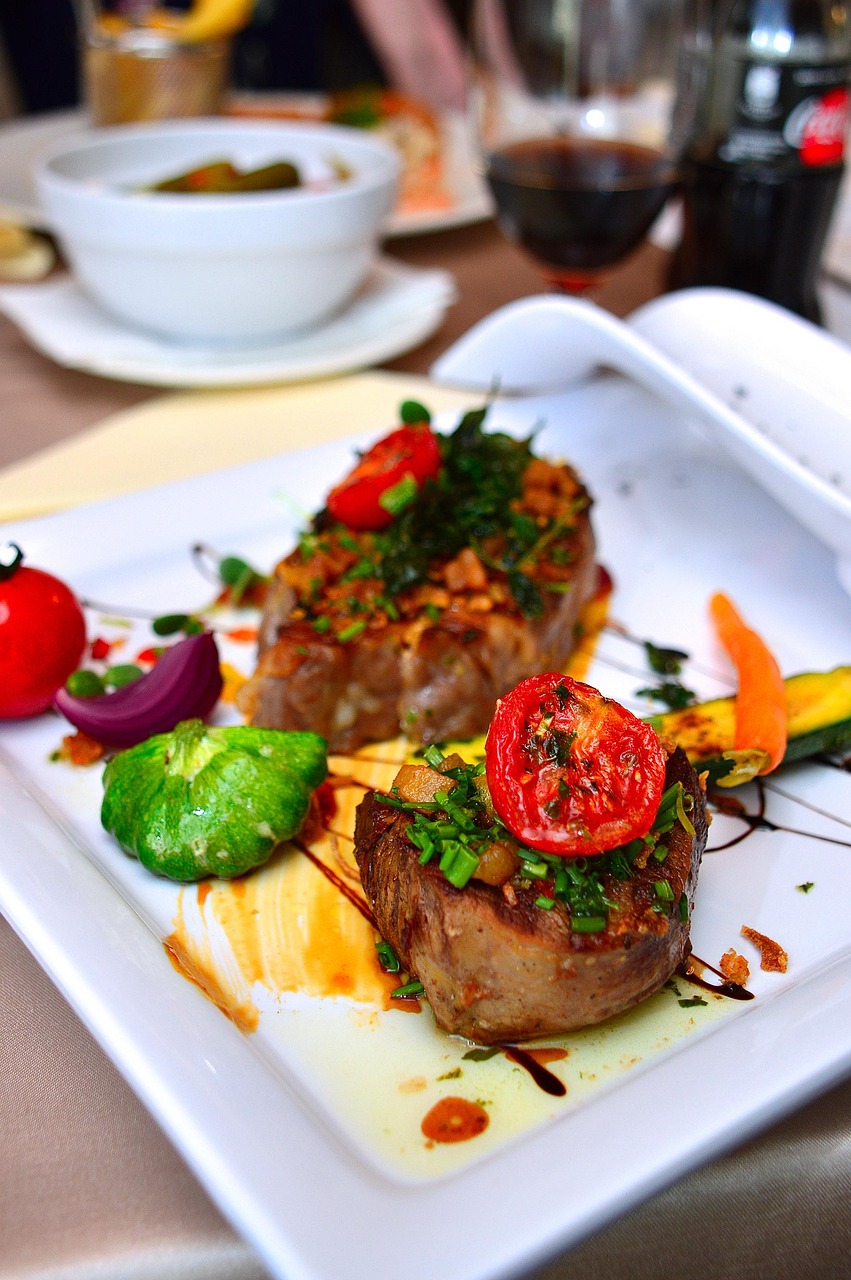

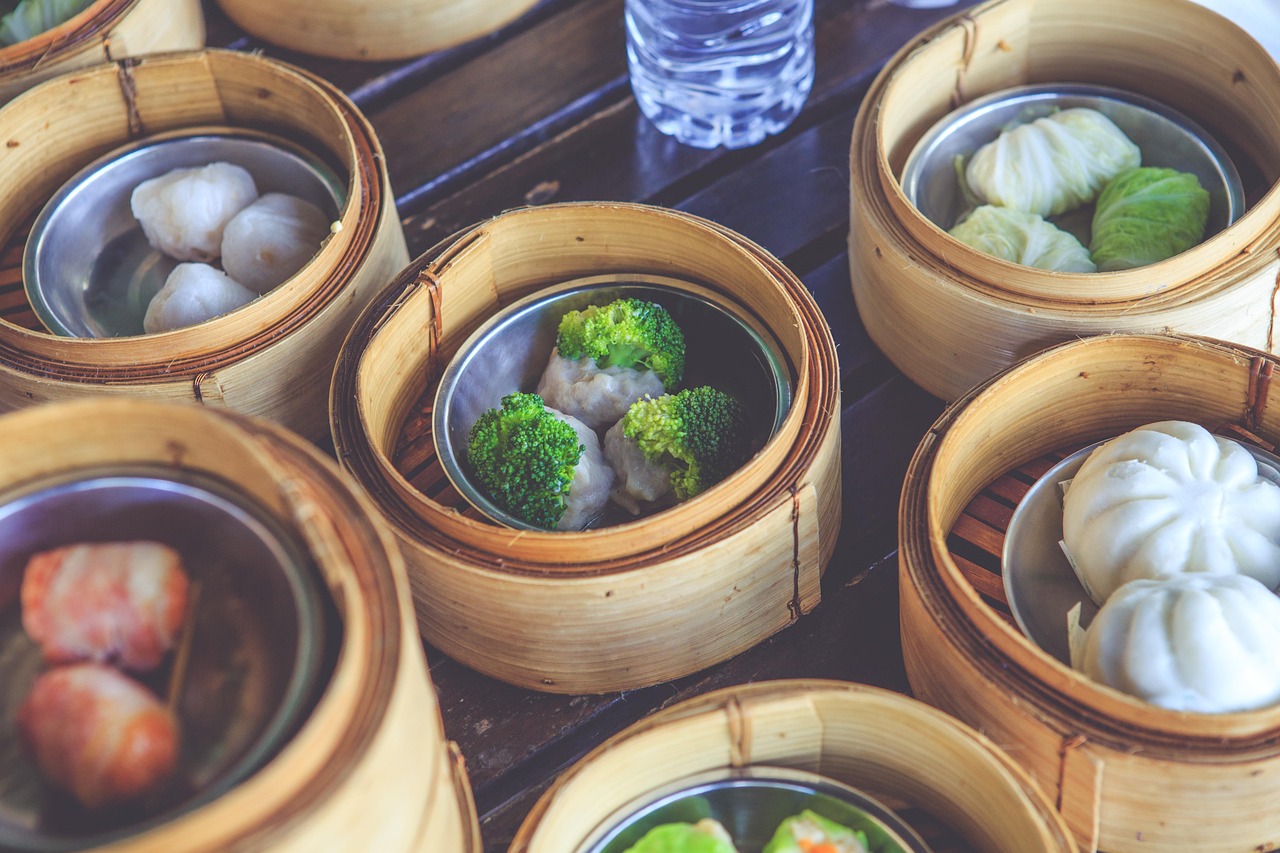

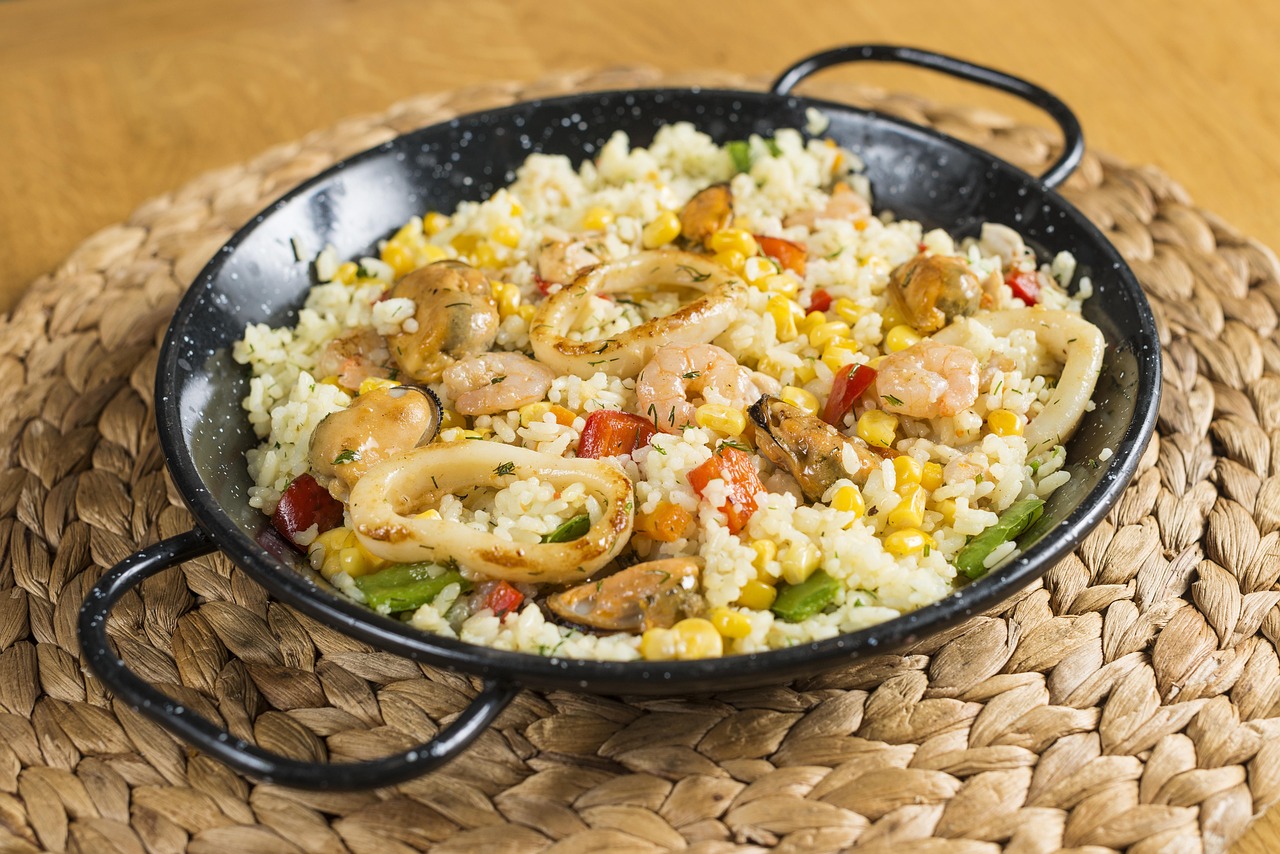
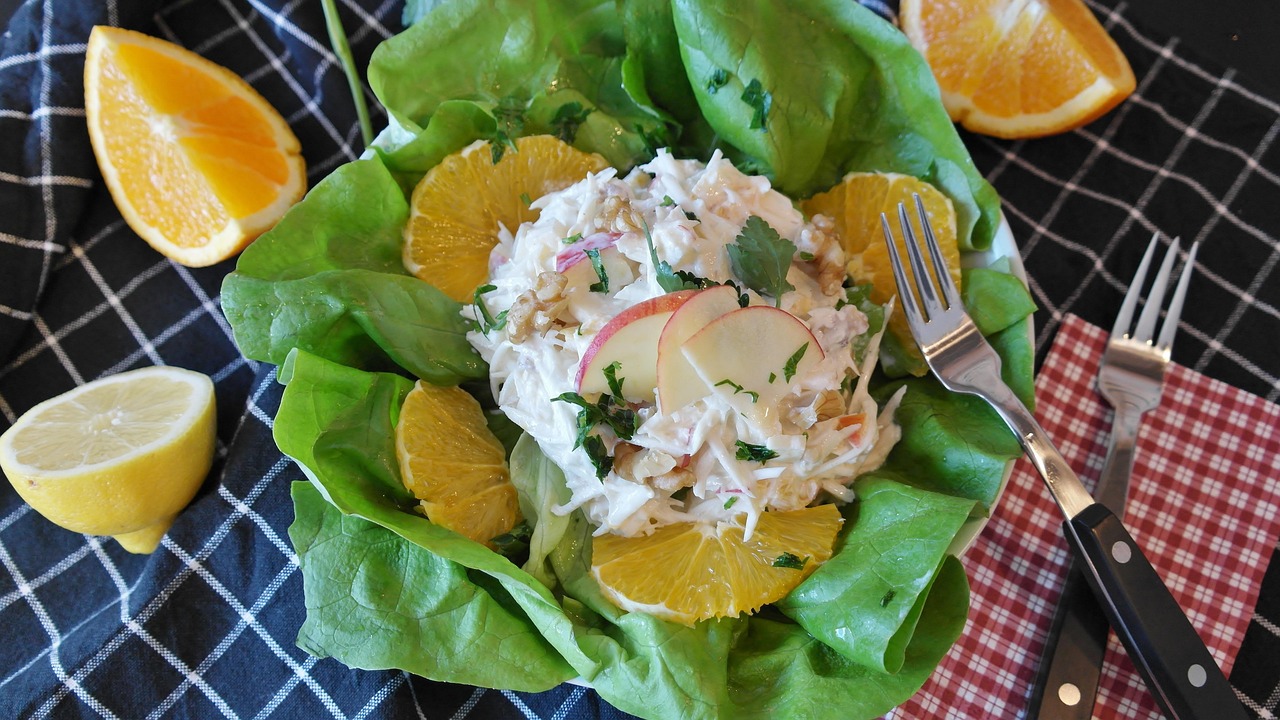

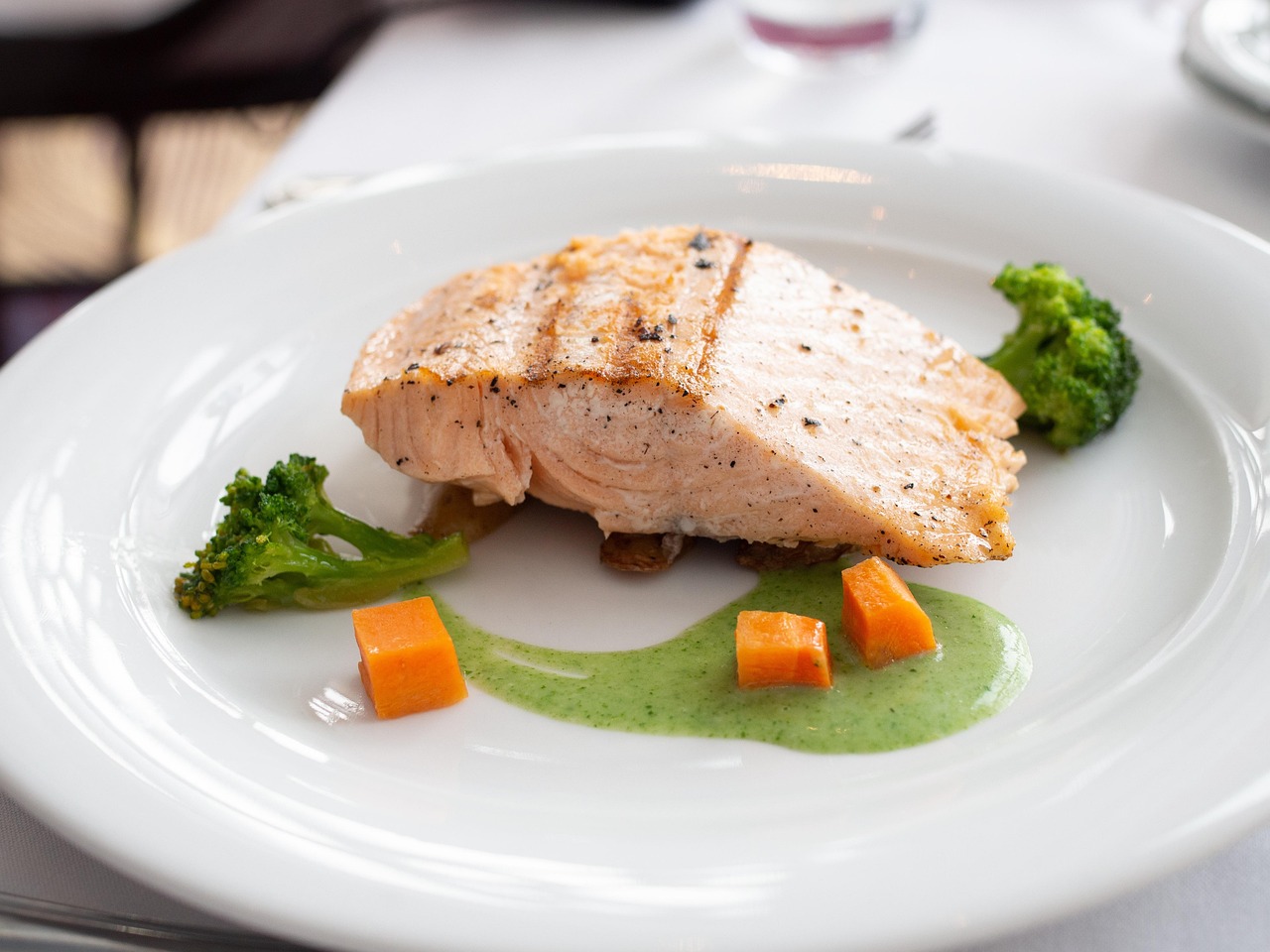

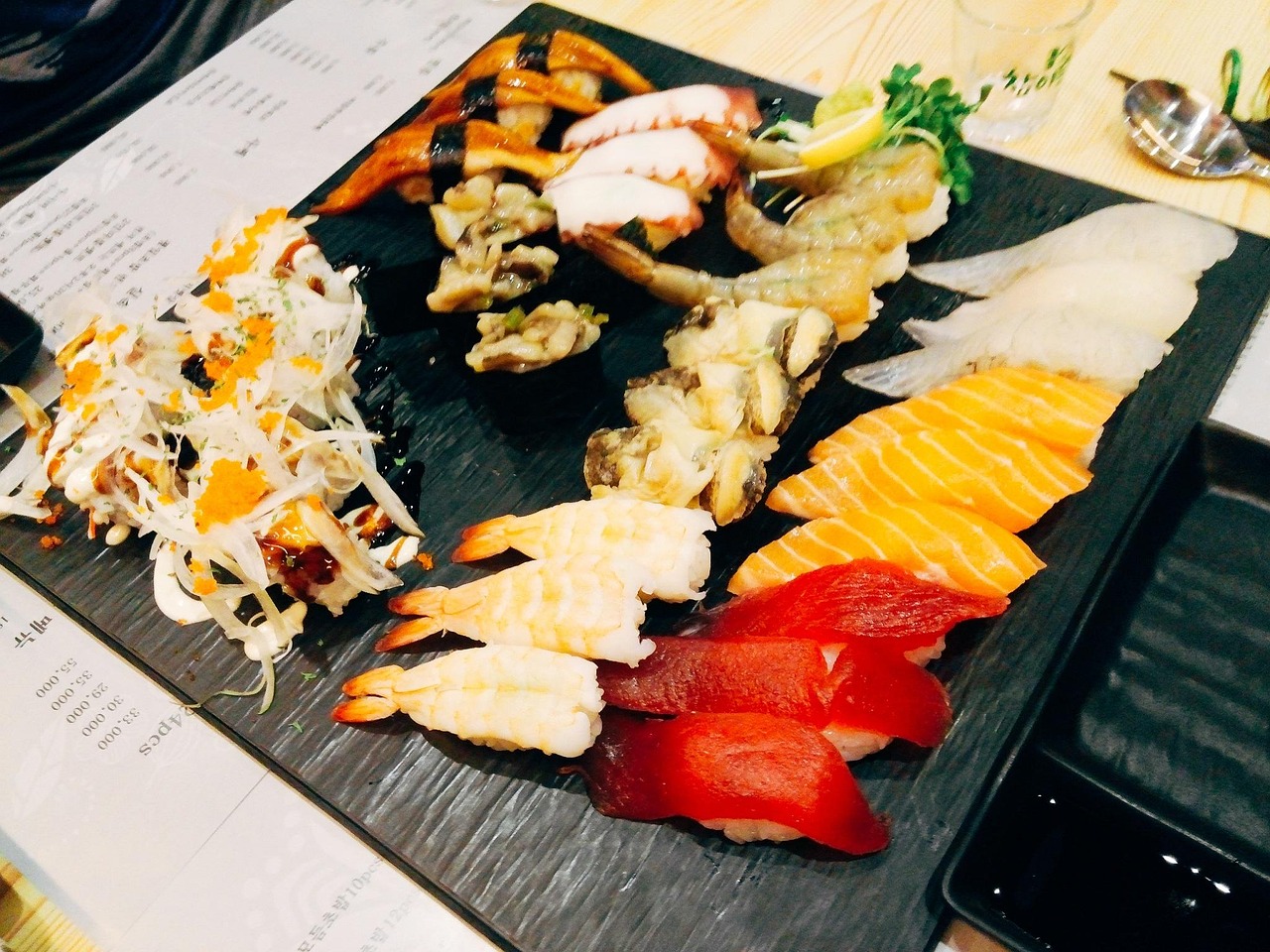


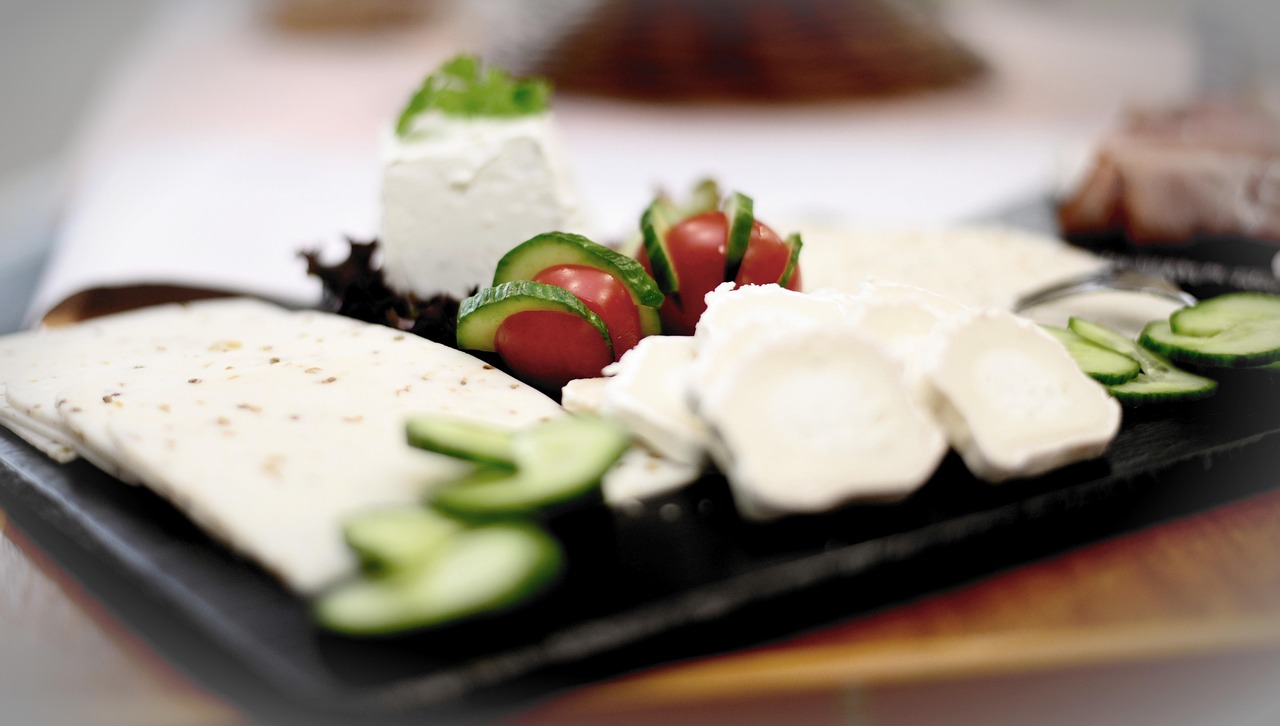
 京公网安备11000000000001号
京公网安备11000000000001号 闽ICP备2023004937号-3
闽ICP备2023004937号-3